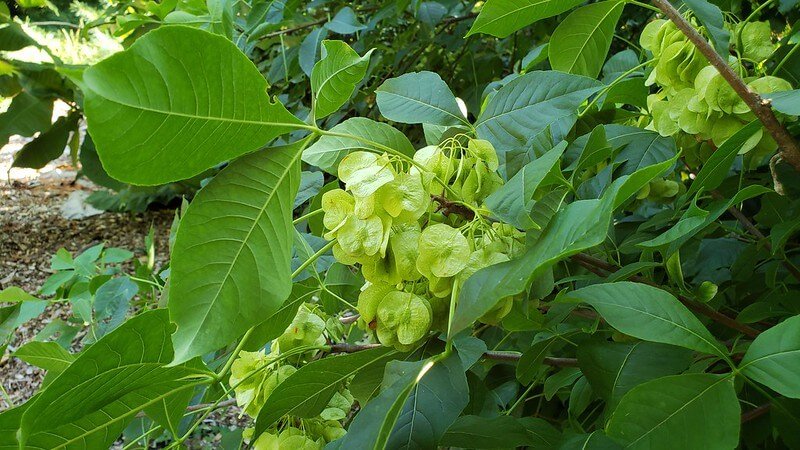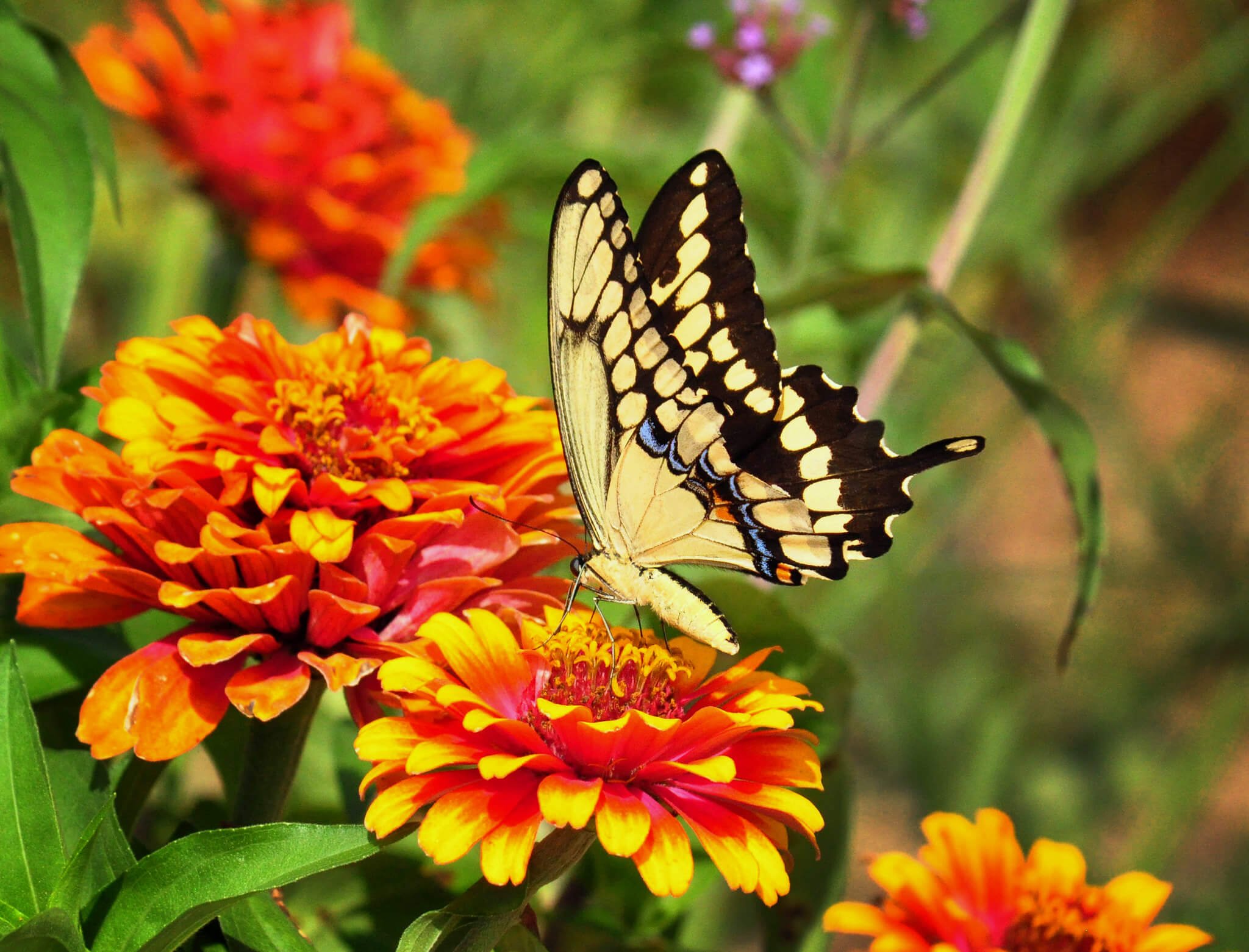 Image 1 of
Image 1 of

Prickly Ash (Zanthoxylum americanum)
The nectar and pollen of Prickly Ash flowers attract many native bees. and it is the host plant to the Giant Swallowtail, the largest butterfly in Michigan. The fruits are sparingly consumed by birds and small mammals, including the Bobwhite Quail, Red-Eyed Vireo, and Eastern Chipmunk (illinoiswildflowers.info). It can be vigorous and form large colonies, so choose your planting place wisely.
Photo Credit: Manuel MV
The nectar and pollen of Prickly Ash flowers attract many native bees. and it is the host plant to the Giant Swallowtail, the largest butterfly in Michigan. The fruits are sparingly consumed by birds and small mammals, including the Bobwhite Quail, Red-Eyed Vireo, and Eastern Chipmunk (illinoiswildflowers.info). It can be vigorous and form large colonies, so choose your planting place wisely.
Photo Credit: Manuel MV
The nectar and pollen of Prickly Ash flowers attract many native bees. and it is the host plant to the Giant Swallowtail, the largest butterfly in Michigan. The fruits are sparingly consumed by birds and small mammals, including the Bobwhite Quail, Red-Eyed Vireo, and Eastern Chipmunk (illinoiswildflowers.info). It can be vigorous and form large colonies, so choose your planting place wisely.
Photo Credit: Manuel MV
Life Cycle: Perennial
Sun Exposure: Full, Partial sun
Soil Moisture: Medium
Height: 15-20 feet
Plant Spacing: 10-15 feet
Bloom Time: April
Bloom Color: Yellowish-green
Advantages: Pollinator Favorite, Bird Favorite, Deer Resistant
Host Plant: Giant Swallowtail Butterfly and possibly more (illinoiswildflowers.info)




